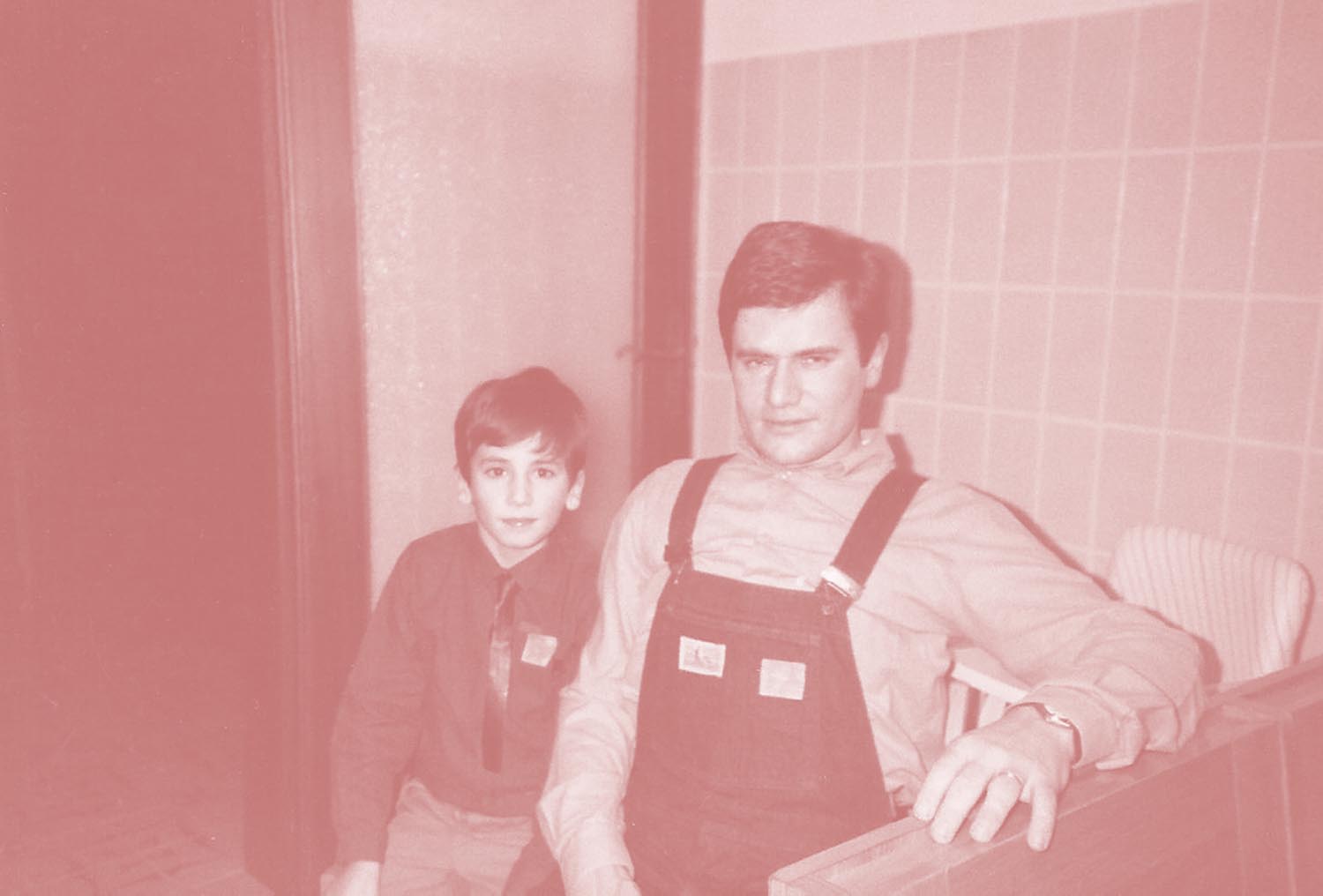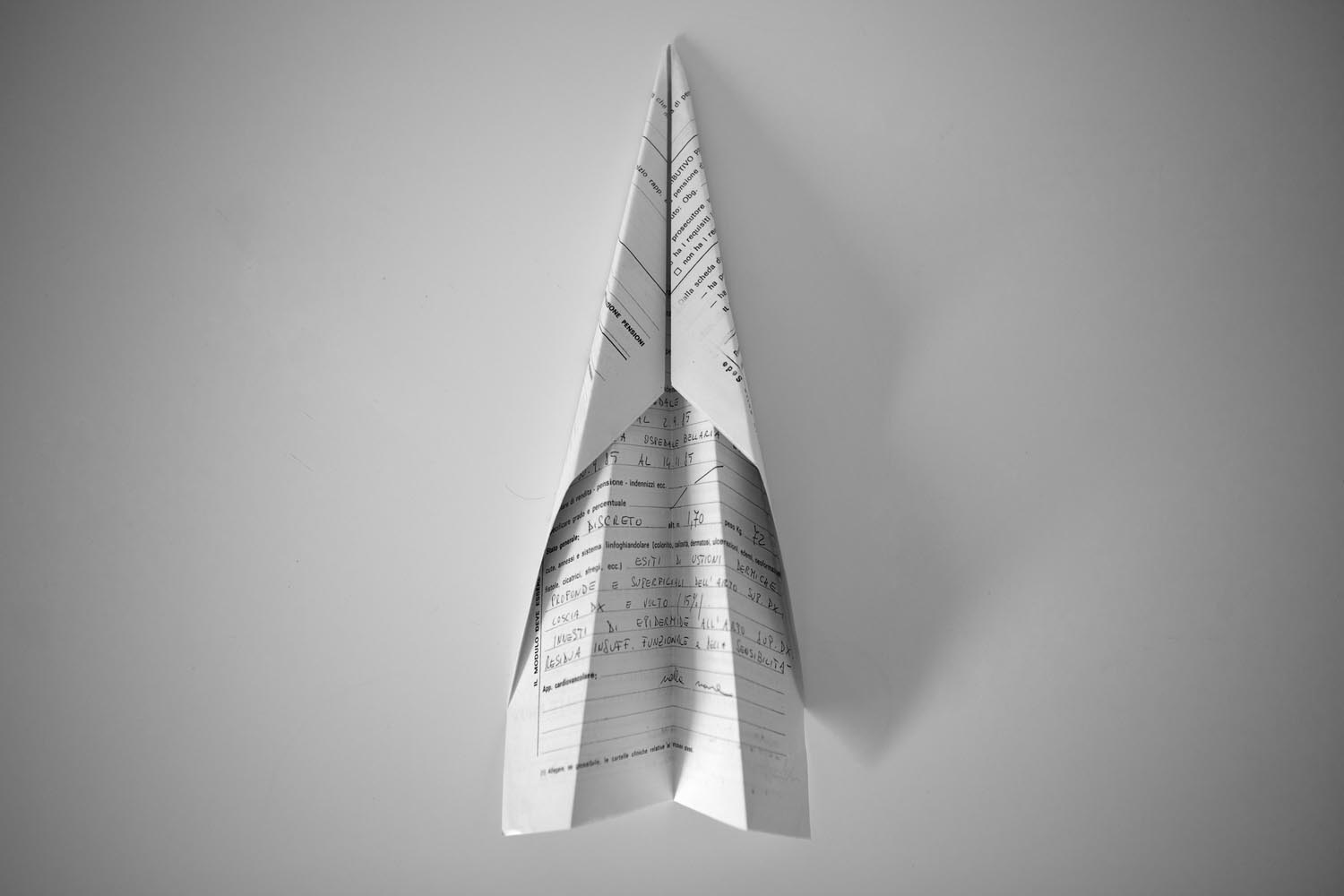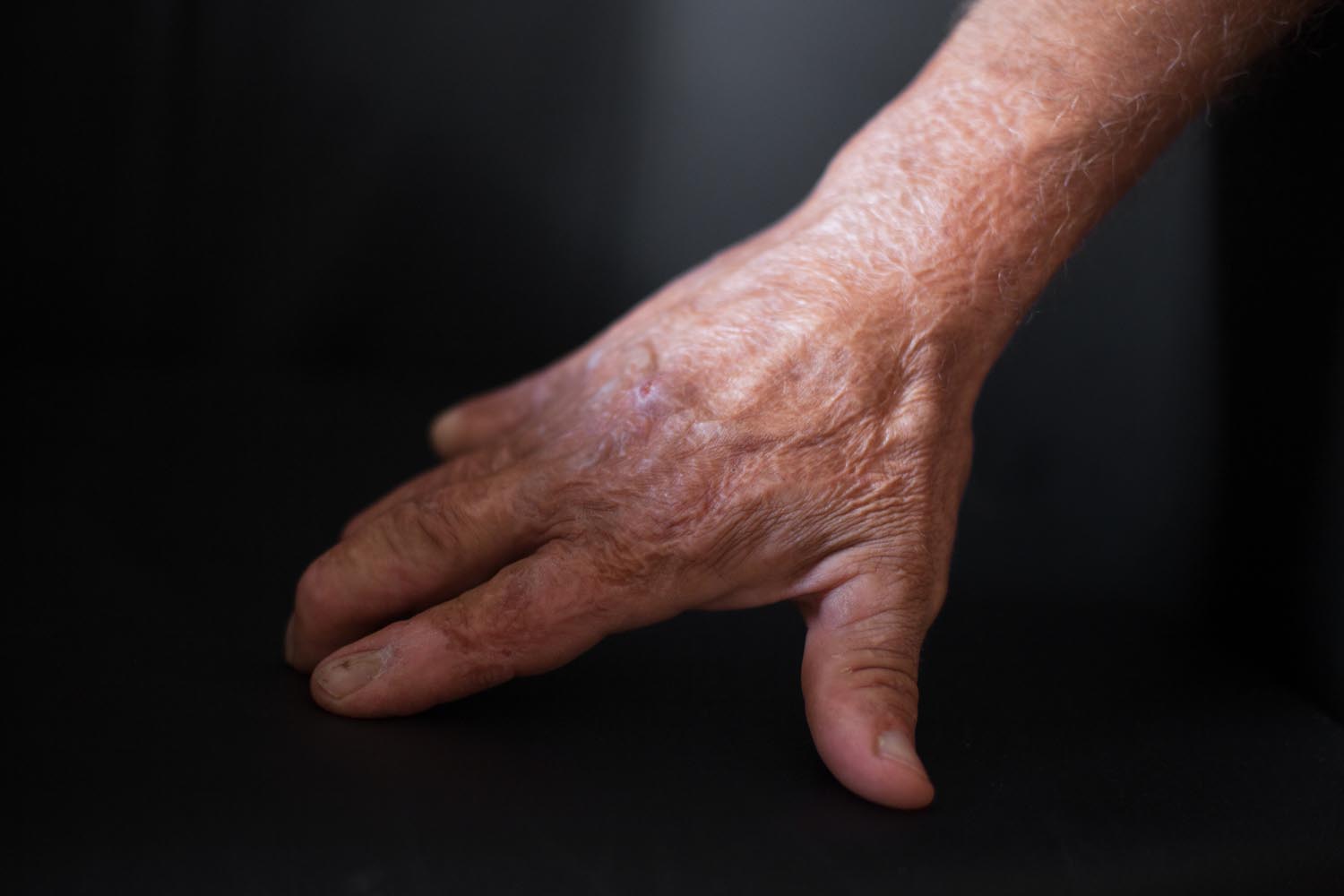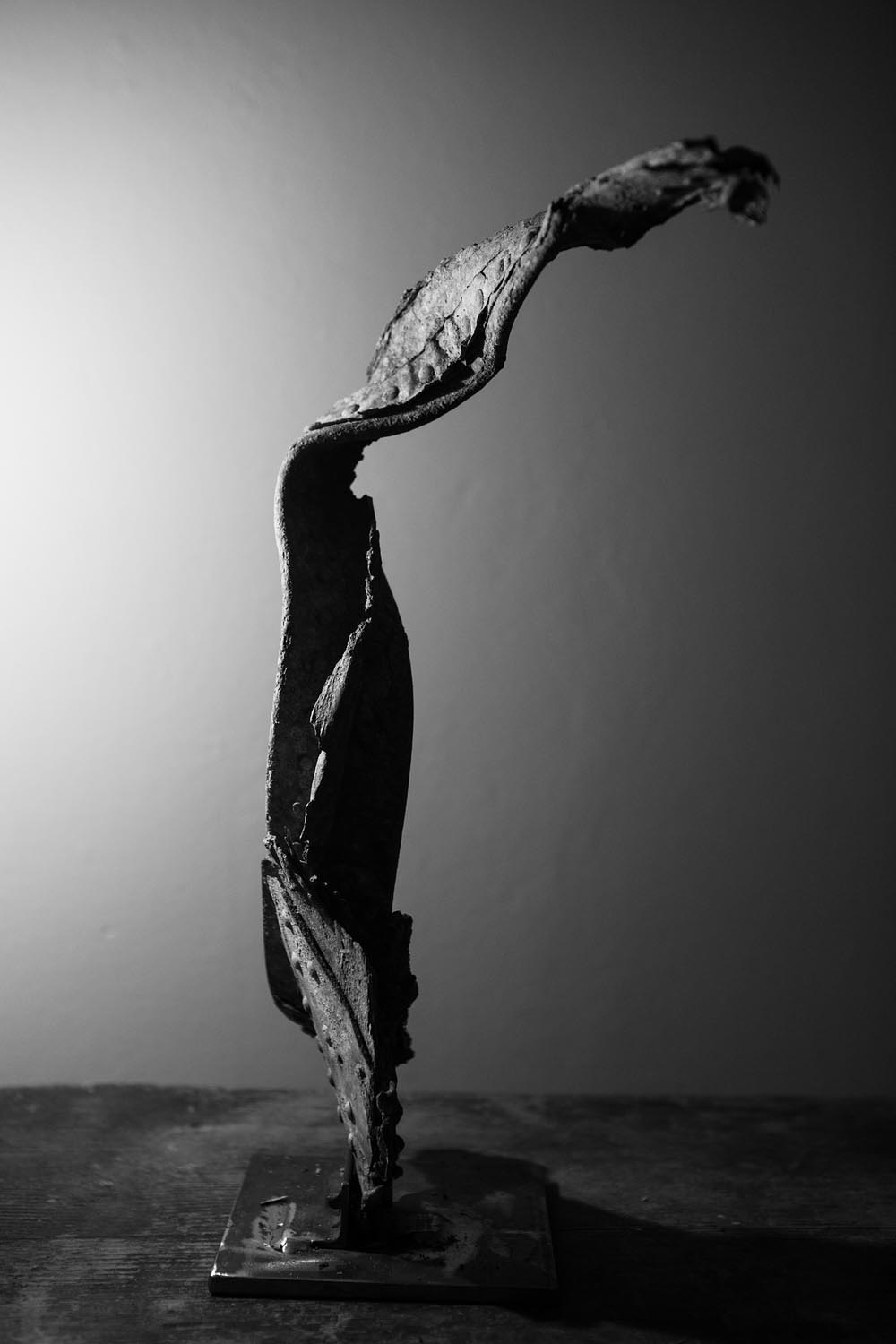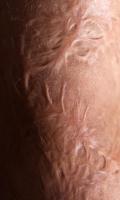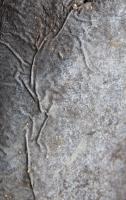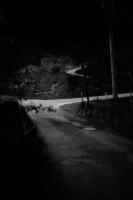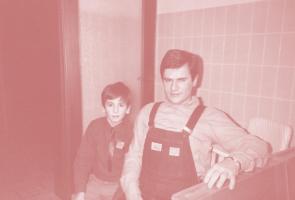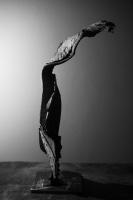In your research you explore photography as a language, its boundaries, as well as its connections with other media. How did you become interested in this?
At a certain point I understood that photography wasn't enough for me in order to express the complexity of my thoughts. I decided to try other forms, without abandoning my main medium. I figured out that a cross-media project shows better who I am, my identity, the many personas I feel inside, but also the many feelings each subject lead me to touch. When I started thinking about photography as a language, I became aware that a picture is a representation of reality. When I’m looking at a photograph, I’m not looking at the reality itself. But this is not a limit: each medium brings a specific way to look at the reality, and it sheds some light on the way we perceive the world: after all, reality is a highly subjective experience. Thinking of photography in this way, inside a cross-media project, lets me go deeper on my subjects, making the viewer aware of the complexity of our inner world, which is precisely my aim.
You attended a course at the International Center of Photography, New York, can you tell us more about it? What did it focus on? What did you work on?
It's been a program called "Investigation of self and the human condition" held by Jen Davis, a very inspiring teacher. We worked on several personal projects trying to tell us about our identity through self-representations with a narrative approach. In this course I understood for the first time that I need to start from my history and from what I know, in order to define my personal research. To this day, each project I realized starts from something personal and becomes, at a certain point, part of a wider and collective speech.
You usually work on crossed-media projects, including video installations, textile and sound art. Do you feel comfortable mixing all of them together?
Even Cicatrici, my latest work, is composed by photography, sculptures, sound installations and texts. I feel like I have no choice: my world and the way I perceive everything is complex and it has many faces and ways to manifest, like a prism. I feel dishonest when I reduce everything to a linear sequence of pictures: this is simply not my creative process. Plus, a crossed-media project allows me to create a synesthetic environment, where the spectator uses all its senses participating actively, forcing himself to a deeper thinking.

